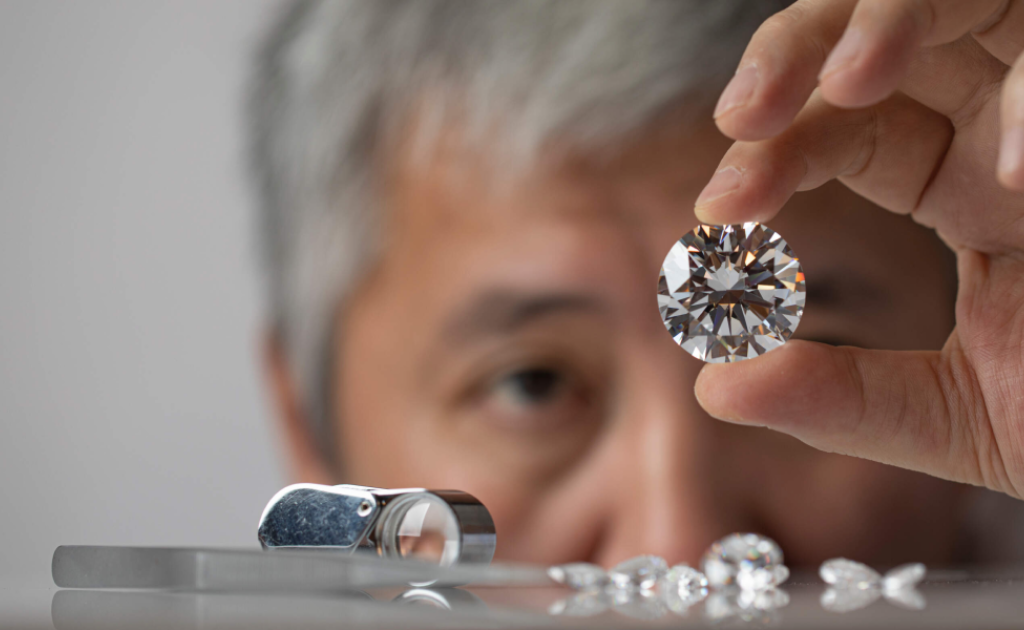High Quality and Purity
Lab-created diamonds, also known as synthetic or cultured diamonds, are produced in controlled laboratory environments using advanced technological processes that replicate the conditions under which natural diamonds form in the Earth's mantle. These diamonds are chemically, physically, and optically identical to natural diamonds. Here are some key points regarding the high quality and purity of lab-created diamonds:
1. Chemical Composition and Structure
- Carbon Crystalline Structure: Lab-created diamonds are made of pure carbon arranged in a crystal lattice structure, just like natural diamonds.
- No Impurities: High-quality lab-created diamonds are often purer than natural diamonds because they are grown in controlled environments that minimize the inclusion of impurities.
2. Production Methods
- High Pressure High Temperature (HPHT): This method mimics the natural diamond formation process by subjecting carbon to high pressure and high temperature.
- Chemical Vapor Deposition (CVD): This method involves breaking down carbon-rich gases to deposit carbon atoms onto a substrate, forming a diamond crystal layer by layer.
3. Quality and Grading
- 4 Cs: Lab-created diamonds are graded using the same criteria as natural diamonds: Cut, Color, Clarity, and Carat weight.
- Certification: Reputable labs such as the Gemological Institute of America (GIA) and the International Gemological Institute (IGI) provide certification for lab-created diamonds, ensuring their quality and authenticity.
4. Advantages of Lab-Created Diamonds
- Ethical Sourcing: Lab-created diamonds are free from the ethical concerns associated with mining, such as environmental degradation and human rights abuses.
- Cost-Effective: They are generally more affordable than natural diamonds of comparable quality.
- Environmental Impact: The production of lab-created diamonds has a lower environmental impact compared to traditional diamond mining.
5. Purity and Clarity
- Fewer Inclusions: Lab-created diamonds often have fewer inclusions and blemishes than natural diamonds, resulting in higher clarity grades.
- Controlled Growth: The controlled environment allows for the production of diamonds with exceptional purity and consistency.
6. Applications
- Jewelry: Lab-created diamonds are widely used in fine jewelry, including engagement rings, earrings, and necklaces.
- Industrial Uses: Due to their hardness and thermal conductivity, they are also used in various industrial applications, such as cutting tools and high-performance electronics.
7. Market Acceptance
- Growing Popularity: Lab-created diamonds are becoming increasingly popular among consumers who prioritize ethical and sustainable choices.
- Recognition: Major jewelry brands and retailers are now offering lab-created diamonds, further validating their quality and appeal.
In summary, lab-created diamonds offer high quality and purity, often surpassing that of natural diamonds. They provide a sustainable, ethical, and cost-effective alternative without compromising on the aesthetic and physical properties that make diamonds so desirable.
